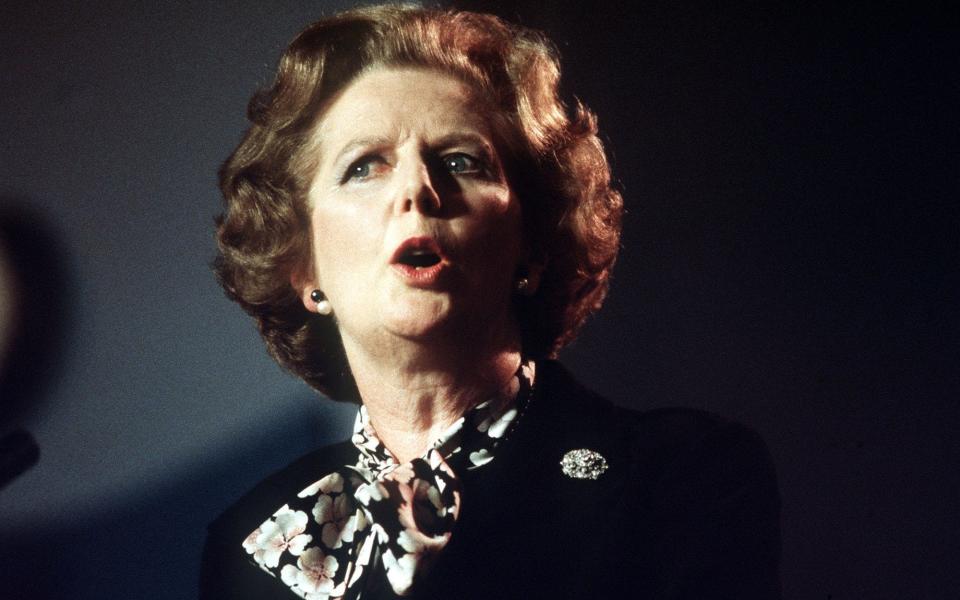Statue of Margaret Thatcher to be rejected because of 'monument saturation'

A proposal to erect a statue of Margaret Thatcher in Parliament Square is set to be rejected because there are already “too many statues” in the area.
Westminster council looks set to turn down the plan because of what officials describe as “monument saturation”.
They say the £300,000 statue of Baroness Thatcher on a four metre high granite plinth would breach Westminster’s guidelines for what it calls the Monument Saturation Zone.
This covers most of Whitehall and St James’s and prohibits new statues and monuments unless there is “an exceptionally good reasonW.
Council officials point out that there are already statues of Abraham Lincoln, General Smuts, Winston Churchill, Lloyd George, Nelson Mandela and Gandhi in Parliament Square, with one of the Millicent Fawcett, the pioneering feminist and trade union leader, planned for later this year.
A statue of the suffragette leader Emmeline Pankhurst is also planned for the square and planning officials have told councillors: “It would not be appropriate for two large statues to be located so close to each other in this sensitive location.
But critics of moves to reject the statue of Baroness Thatcher say it would be a snub to one of the country’s greatest Prime Ministers that “smacks of political bias”.
The Public Monuments Appeal, which commissioned the sculptor Douglas Jennings to design the statue of Baroness Thatcher - in her State Robes and looking towards the Palace of Westminster - said it would be a “fitting tribute to her social and economic achievements”.
Westminster planning officials also state the statue would breach its ‘10 year rule’, under which monuments are erected to individuals only a decade after their deaths, with the exception of outstanding leaders such as Nelson Mandela.
They fear that erecting a statue to Baroness Thatcher just five years after her death would prompt renewed protests and demonstrations against her controversial policies.
A document to be presented to the council’s planning committee next week states: “The 10-year rule was designed to allow for a designated period of reflection to take place before decisions are made over erecting statues of recently deceased figures to commemorate them. This rule was put in place for good reason in order to allow partisan passions to cool and enable sober reflection.”
The Metropolitan Police and other organisations, such as the Royal Parks Agency and the Department for Digital Culture, Media and Sport, have already warned the statue would face protests and potential vandalism if it was erected.
Scotland Yard raised concerns over possible civil disobedience and requested changes to the design of the plinth which have been accommodated in the revised designs. These include special attachments so protective sheeting can be erected quickly around the statue in case of planned protests.
The smooth plinth is also designed without ledges or hand-holds to prevent would-be protesters climbing onto it.
A 7ft bronze of Baroness Thatcher already stands in the House of Commons, off Central Lobby outside the doors to the chamber.
In 2002 a statue of the former Conservative leader was decapitated at Guildhall Art Gallery in London by a man who attacked it with a metal pole. The £50,000, white marble statue had been commissioned by the House of Commons.

 Yahoo News
Yahoo News 